Imagine looking up on a chilly autumn morning and seeing a shimmering “V” of geese gliding across the sky. To most, it’s a beautiful symbol of the changing seasons. But what if I told you that these formations are far more than a pretty sight? They’re the result of intricate teamwork, sophisticated communication, and a dash of natural engineering genius. Birds use formations that, in many ways, put our best human inventions to shame. Let’s peel back the curtain on this airborne ballet and discover how deep the magic really goes.
The Power of the V: More Than a Simple Shape
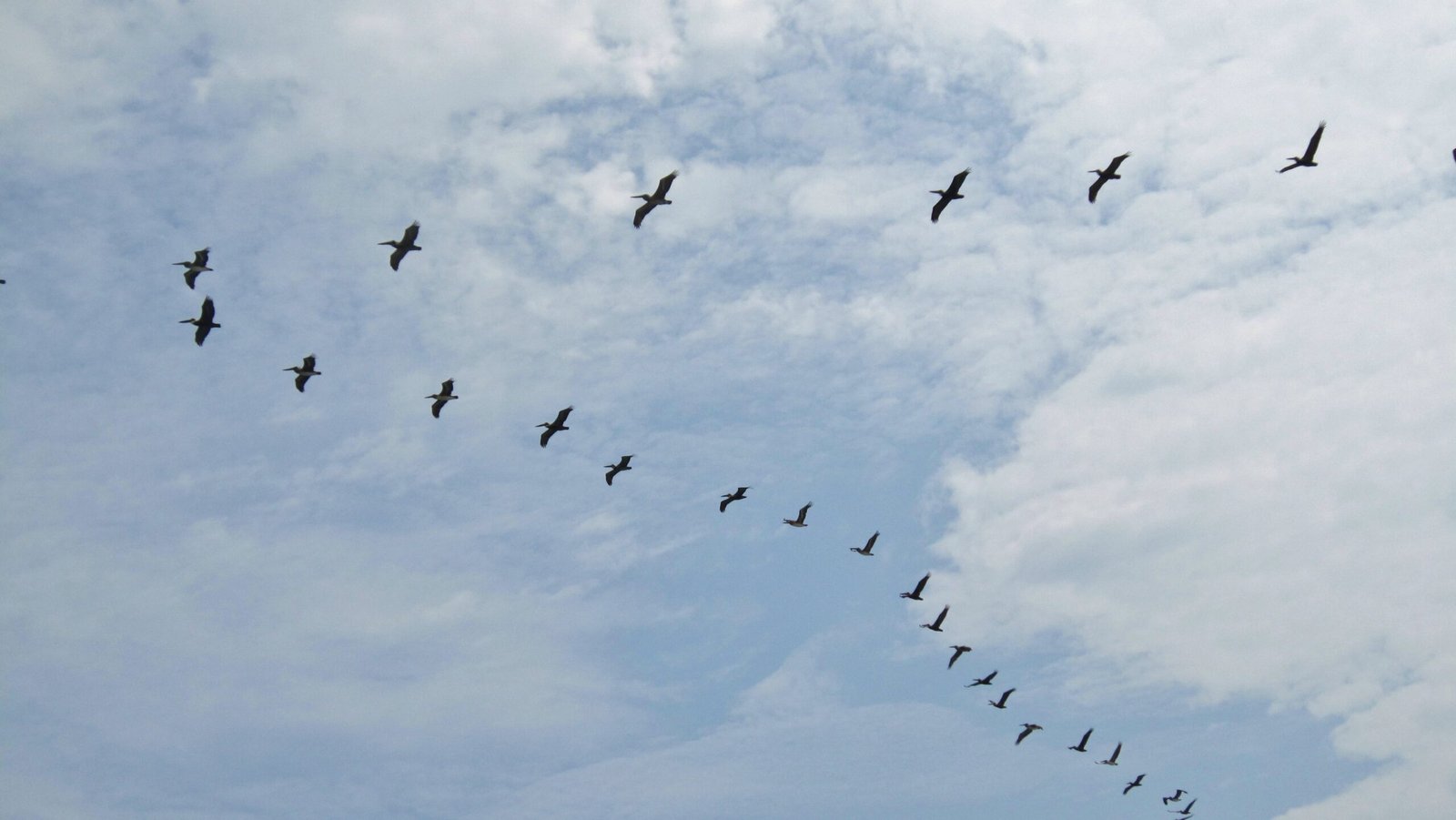
At first glance, the classic “V” formation looks like a simple way for birds to travel. Yet, this shape is a masterpiece of efficiency. Each bird positions itself so the tips of its wings catch the upwash—the rising air—created by the bird in front of it. This clever placement reduces drag and makes flying less tiring. It’s like drafting behind a truck on the highway, but far more elegant. Scientists have found that birds can fly up to 70% farther in these formations than they could alone. The “V” is not just about sticking together; it’s about maximizing every ounce of energy.
The Science of Aerodynamic Advantages
Birds don’t just flock together for company—they’re taking advantage of physics. When a bird flaps its wings, it creates swirling vortices of air. The birds behind and just to the side get a boost from these swirling currents, almost like catching a gentle push from behind. This effect isn’t just theory; researchers have measured the heart rates of geese and found that those flying in formation have slower heartbeats than solo flyers. That’s real evidence of less effort. It’s as if the sky itself lends a helping hand to every bird that knows where to fly.
Communication in the Air: How Birds Coordinate
Keeping a tight V-shaped formation requires constant communication. Birds don’t have radios or fancy gadgets, but they have sharp eyes and ears. They use subtle calls, wingbeats, and body language to stay in sync. One goose may honk to signal a change in direction, while another might slow down or speed up to keep the group together. Imagine a team of cyclists riding close, watching each other’s every move, relying on trust and quick reactions. That’s what’s happening high above us, every day, as birds communicate on the fly.
Leadership on the Wing: Rotating the Lead
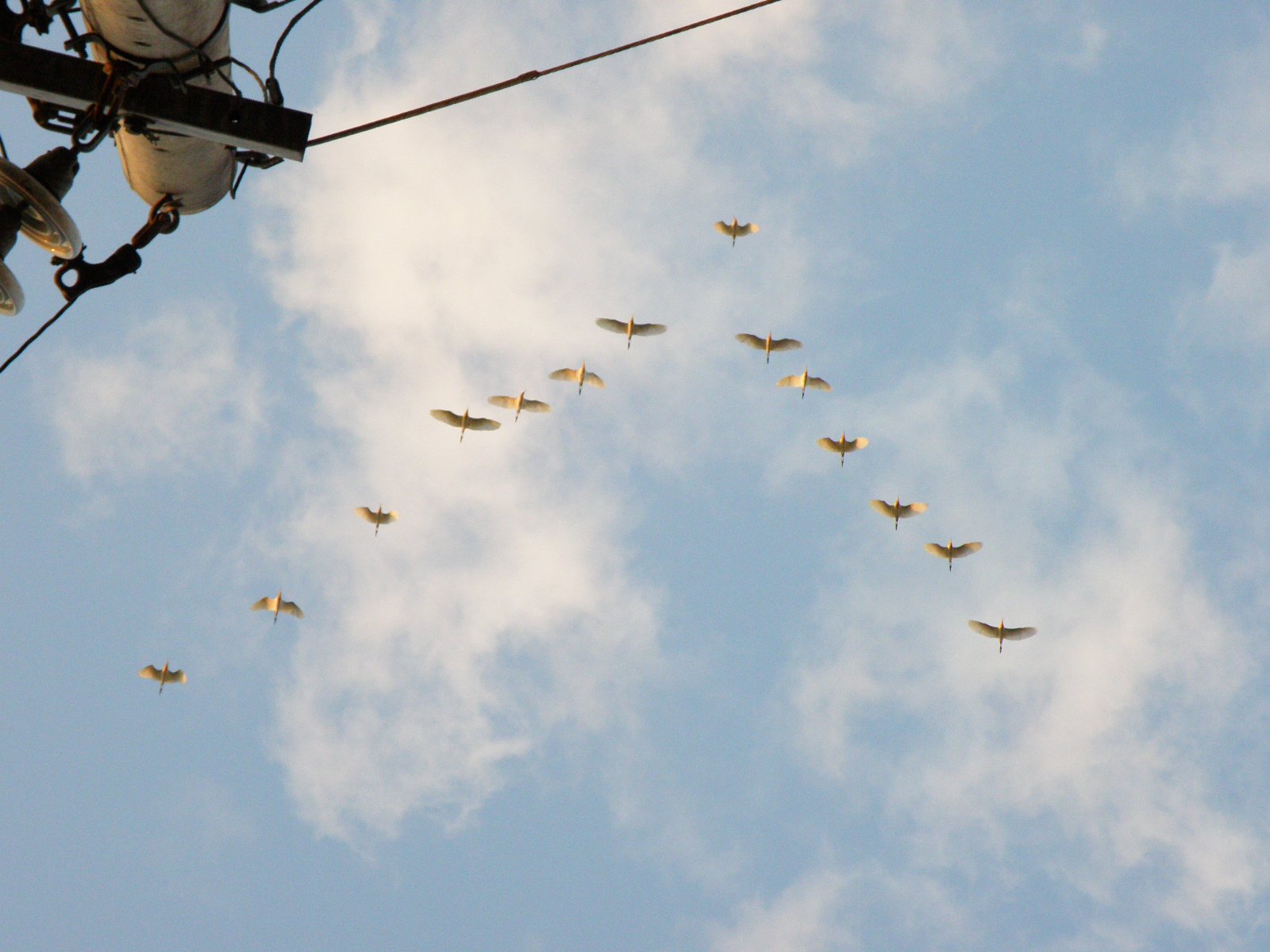
Flying at the front of the V is exhausting—it’s where the wind hits hardest. Birds take turns in this demanding position. When the leader gets tired, it drops back, and another bird moves up. This constant rotation is a lesson in teamwork and selflessness. Nobody hogs the easy spots, and every bird shares the workload. It’s a system so effective that some companies have tried to copy it for managing teams. In the air, equality and cooperation aren’t just ideals; they’re survival strategies.
Formation Variations: Not Just the V
While the V-formation gets all the glory, it isn’t the only trick birds have up their wings. Some species fly in lines, wedges, or even J-shaped patterns. Starlings form swirling, shifting clouds called murmurations that seem to move as one gigantic organism. These different shapes aren’t random; they’re tailored to the birds’ size, flock numbers, and the distances they need to travel. Each species has found its own formula for staying safe and flying efficiently, like choosing the right tool for a specific job.
Predator Avoidance: Safety in Numbers and Patterns
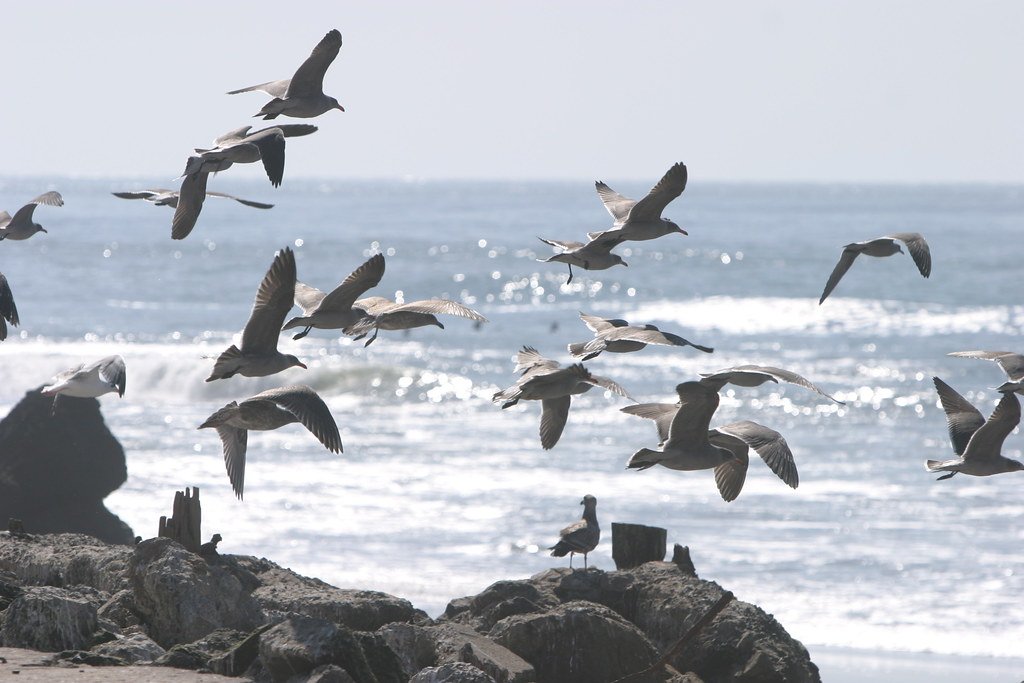
Flying in formation is about more than saving energy—it’s also about staying alive. There’s safety in numbers, especially when predators are around. Tight, organized groups make it hard for a hawk or falcon to single out a target. Some birds will even change formation mid-flight, forming dense balls or zigzagging lines to confuse an attacker. It’s a living, breathing shield that adapts in real time. Watching a flock dodge a predator is like seeing a school of fish twist away from a shark—nature’s choreography at its finest.
The Role of Young and Inexperienced Birds
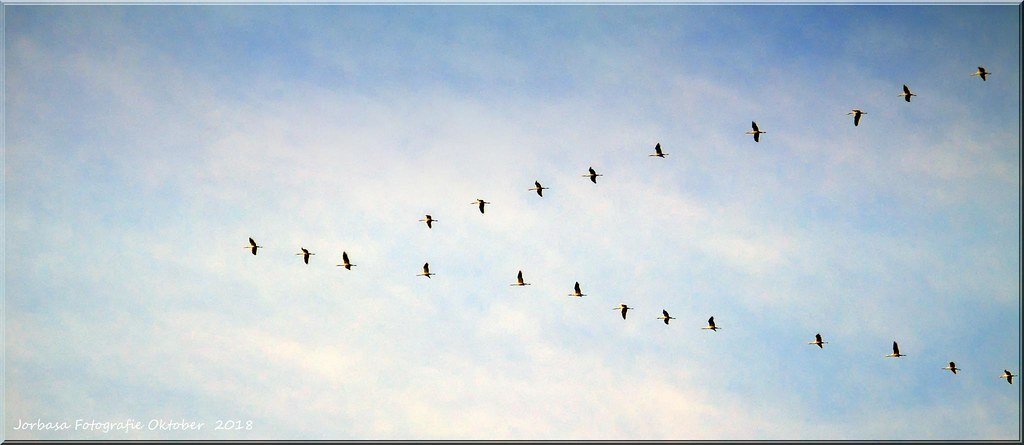
Not every bird in a formation is a seasoned traveler. Every year, young birds take their first long flights, learning from older, more experienced flockmates. These rookies often start out of sync, wobbling through the air, but quickly pick up the rhythm. The flock’s formation helps guide them, teaching by example. It’s a bit like a group of dancers, with veterans leading the steps and newcomers gradually gaining confidence. Over time, these young birds become the leaders of tomorrow’s migrations.
Weather Challenges and Adaptive Formations
Wind, rain, and storms can throw even the best-laid plans into chaos. Birds are masters at reading the sky and adjusting their formations to deal with changing weather. Sometimes, they’ll fly lower to avoid strong headwinds or tighten their group to slice through a storm. In tough conditions, the formation might get ragged, but the flock quickly reshapes itself. Their ability to adapt is astonishing—a real-time response to the unpredictable moods of the sky.
Long-Distance Migrations: Endurance and Strategy
Some birds travel thousands of miles during migration, crossing oceans and continents with astonishing stamina. The use of flight formations is crucial for making these epic journeys possible. Without the energy savings and safety of the group, many birds simply wouldn’t survive. Birds time their migrations to take advantage of favorable winds and avoid the worst weather. It’s a high-stakes marathon that demands both physical strength and strategic planning, all orchestrated through those mysterious shapes in the sky.
Scientific Discoveries Using GPS and Modern Tech
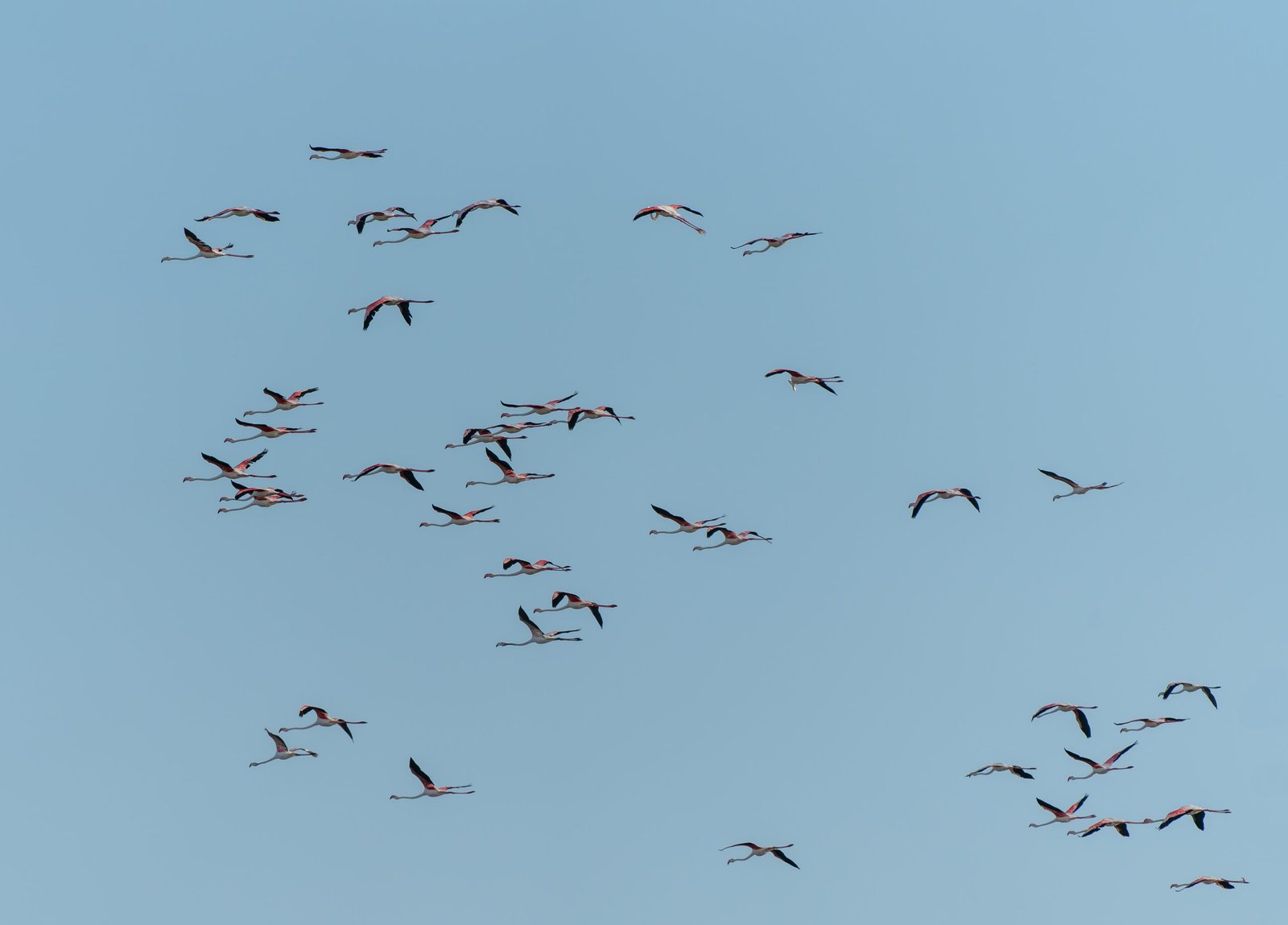
For centuries, people could only guess at the secrets of bird flight. Today, scientists track flocks with GPS and high-speed cameras, unlocking details we never dreamed of. Researchers have even attached lightweight sensors to birds’ backs, recording wingbeats, heart rates, and exact positions. These tools have confirmed what naturalists long suspected: formations are finely tuned, and every bird knows its place. Technology is bringing the hidden world of bird flight out of the clouds and into sharp focus.
Learning from Nature: Human Applications
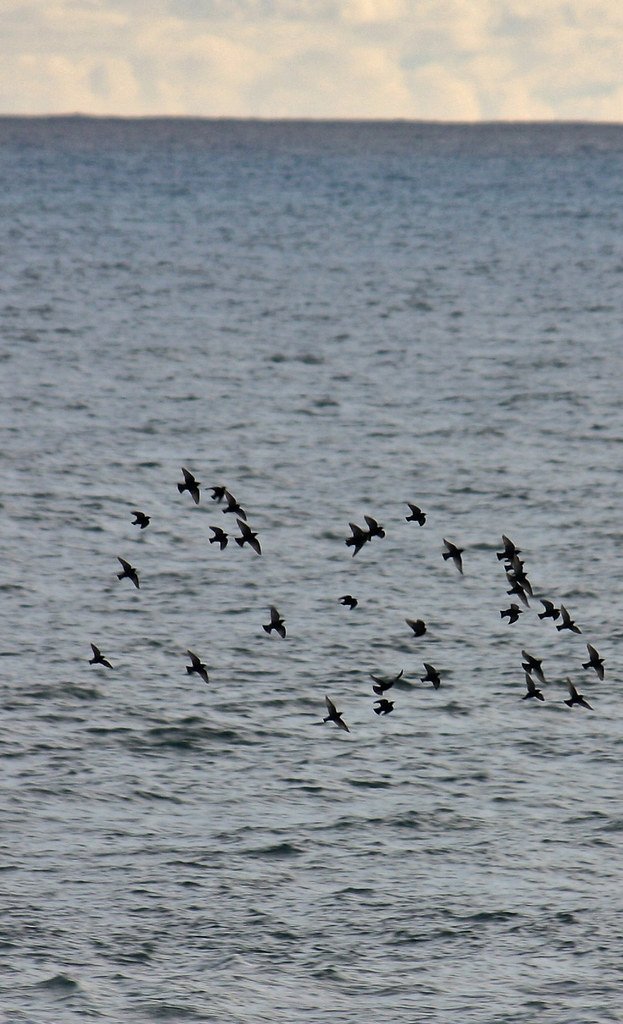
Engineers and pilots have looked to bird formations for inspiration. Fighter jets sometimes fly in V-formations to save fuel, just like geese. Drone designers are studying how birds avoid mid-air collisions to create safer autonomous flying machines. Nature’s solutions, honed over millions of years, often surpass our own. Watching birds, we’re reminded that sometimes, the smartest answers are right above our heads.
The Mystery of Murmurations: Collective Intelligence
If you’ve ever seen a murmuration—those massive, swirling flocks of starlings—you know how mesmerizing they are. Each bird seems to anticipate the others’ moves, twisting and shifting in perfect harmony. Scientists believe these displays are driven by simple rules: keep close, match your neighbor, avoid collisions. Somehow, these basic signals add up to breathtaking complexity. It’s a living puzzle, proof that collective intelligence can create beauty beyond what any single bird could achieve.
Species Differences: Not All Birds Fly the Same Way
Swans, pelicans, cranes, and even some ducks use formations—but each species has its own twist. Swans often fly in looser formations, while pelicans glide tightly together. Some small songbirds form flocks but don’t use precise patterns. This diversity shows that flight formations aren’t one-size-fits-all. Instead, each species has adapted its own strategy, shaped by its body size, wing shape, and the challenges of its environment.
Energy Savings: The Hidden Mathematics
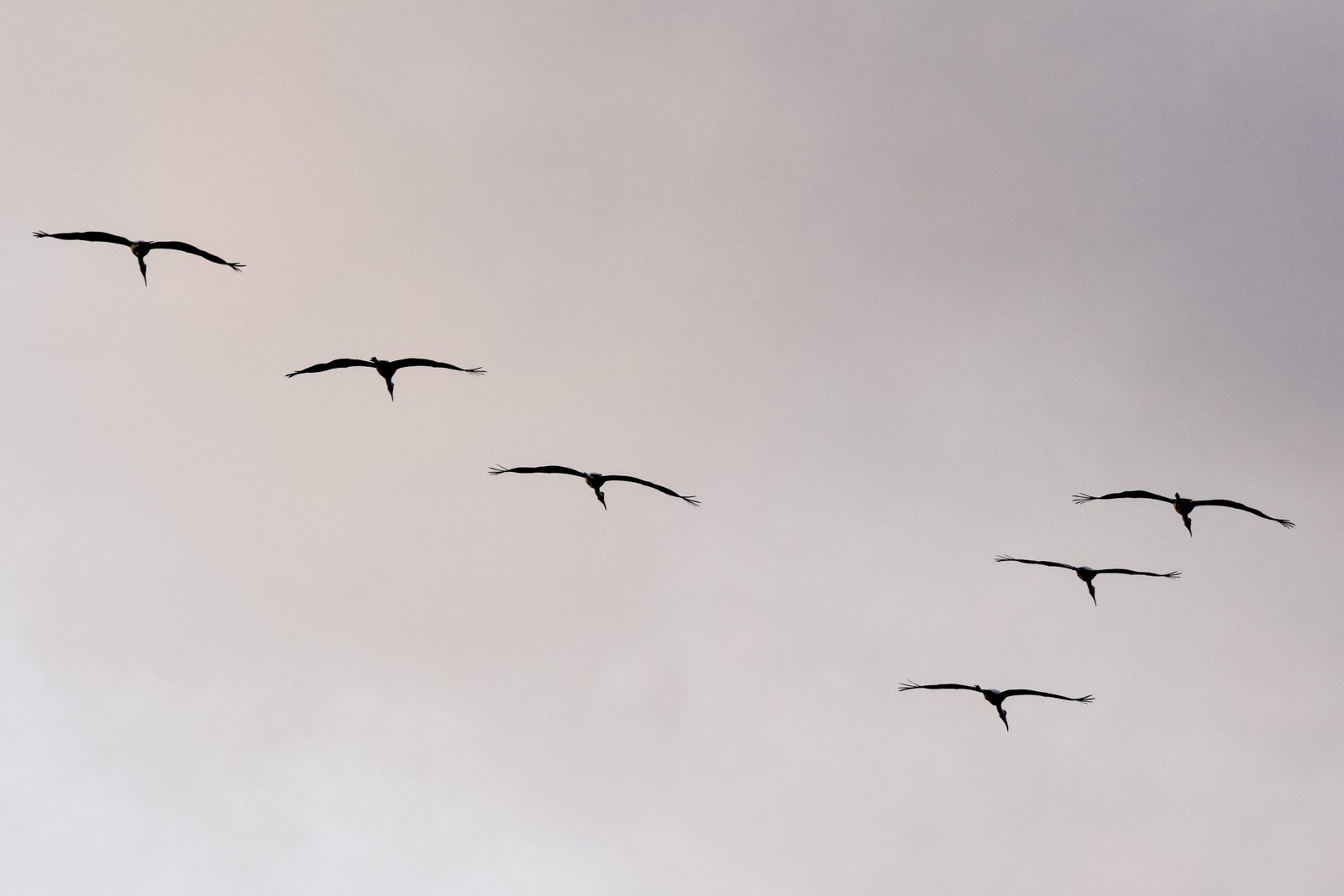
Reducing drag isn’t just a lucky accident—it’s a matter of life and death. Birds that save energy can fly farther, find better food, and escape danger. The math behind these savings is surprisingly complex. Researchers use computer models to calculate the perfect spacing and angles for maximum benefit. Even a few inches can make a difference. Birds seem to “solve” these equations intuitively, showing that instinct can rival the sharpest human mind.
Navigation Skills: Staying on Course Together
Migration isn’t just about flapping wings—it’s about finding the way. Birds use the sun, stars, magnetic fields, and even smells to stay on course. Flying in formation helps them share information. If one bird senses a shift in the wind or a landmark, it can signal the others. The flock becomes a traveling brain, pooling its knowledge to guide everyone home. It’s a reminder that teamwork can overcome even the biggest challenges.
Fatigue Management and Mid-Flight Adjustments
Even with energy savings, long flights are exhausting. Birds need to manage their fatigue carefully. Rotating the lead spot is one way, but flocks also take short rests in flight, slowing down or coasting for a few seconds. When crossing harsh terrain, like deserts or oceans, every bit of rest matters. The flock’s formation helps distribute the workload, so no individual burns out. It’s like a relay race where everyone gets a turn to rest and recover.
Social Bonds and Group Dynamics

Flying together isn’t just practical—it’s deeply social. Birds in a flock form bonds that last for years, sometimes even a lifetime. These connections help them synchronize movements and build trust. In some species, family groups stick together through migration, teaching young birds the routes and rules. The sky becomes a classroom and a social club all at once, where every flight is also a lesson in loyalty.
Survival Lessons from Formation Flight
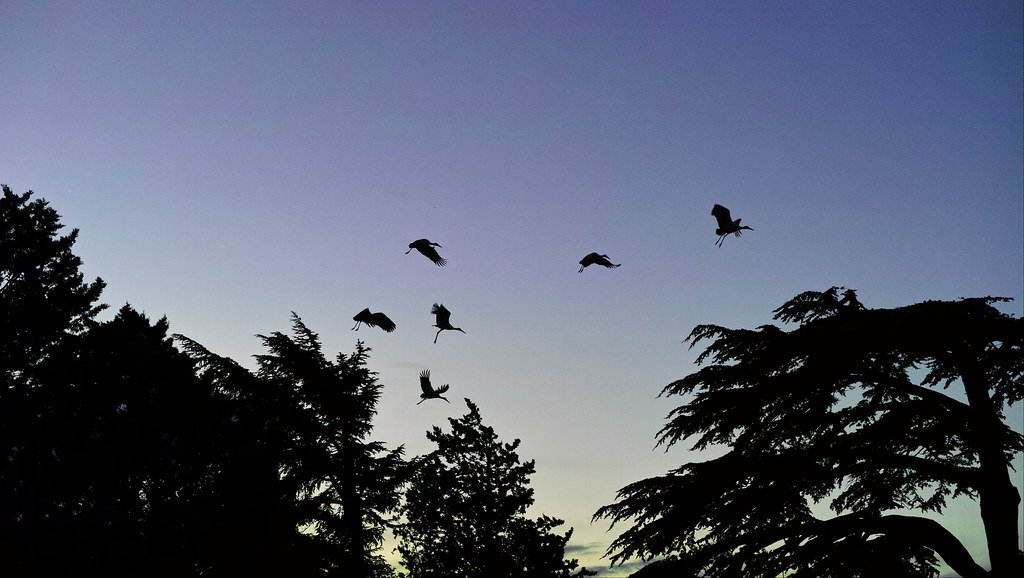
Formation flying isn’t a luxury; it’s a survival tactic. In harsh environments, solo birds are more likely to get lost, exhausted, or picked off by predators. Flocks offer guidance, support, and safety. The lessons birds have learned—work together, share the load, stay alert—are ones we humans could use more often. Nature’s wisdom, written in every line and curve of a migrating flock, is both humbling and inspiring.
Ongoing Mysteries and Unanswered Questions
For all we’ve learned, plenty of mysteries remain. How do birds decide who leads? How do flocks split and rejoin without chaos? What happens when something goes wrong? Scientists are still unraveling these puzzles, using new technology and old-fashioned observation. The more we discover, the more we realize there is to learn. Bird flight formations are a reminder that the world is full of secrets, hiding in plain sight.
A Sky Full of Wonders

Looking up at a flock of birds, it’s easy to feel a sense of awe. Their formations are more than patterns—they’re living proof of the power of cooperation, adaptation, and shared purpose. Bird flight formations reveal a world of hidden intelligence, where every wingbeat is part of a larger story. Next time you see a V slicing through the sky, remember: you’re witnessing a masterpiece millions of years in the making. Isn’t it wild how much we can learn just by watching the clouds?



